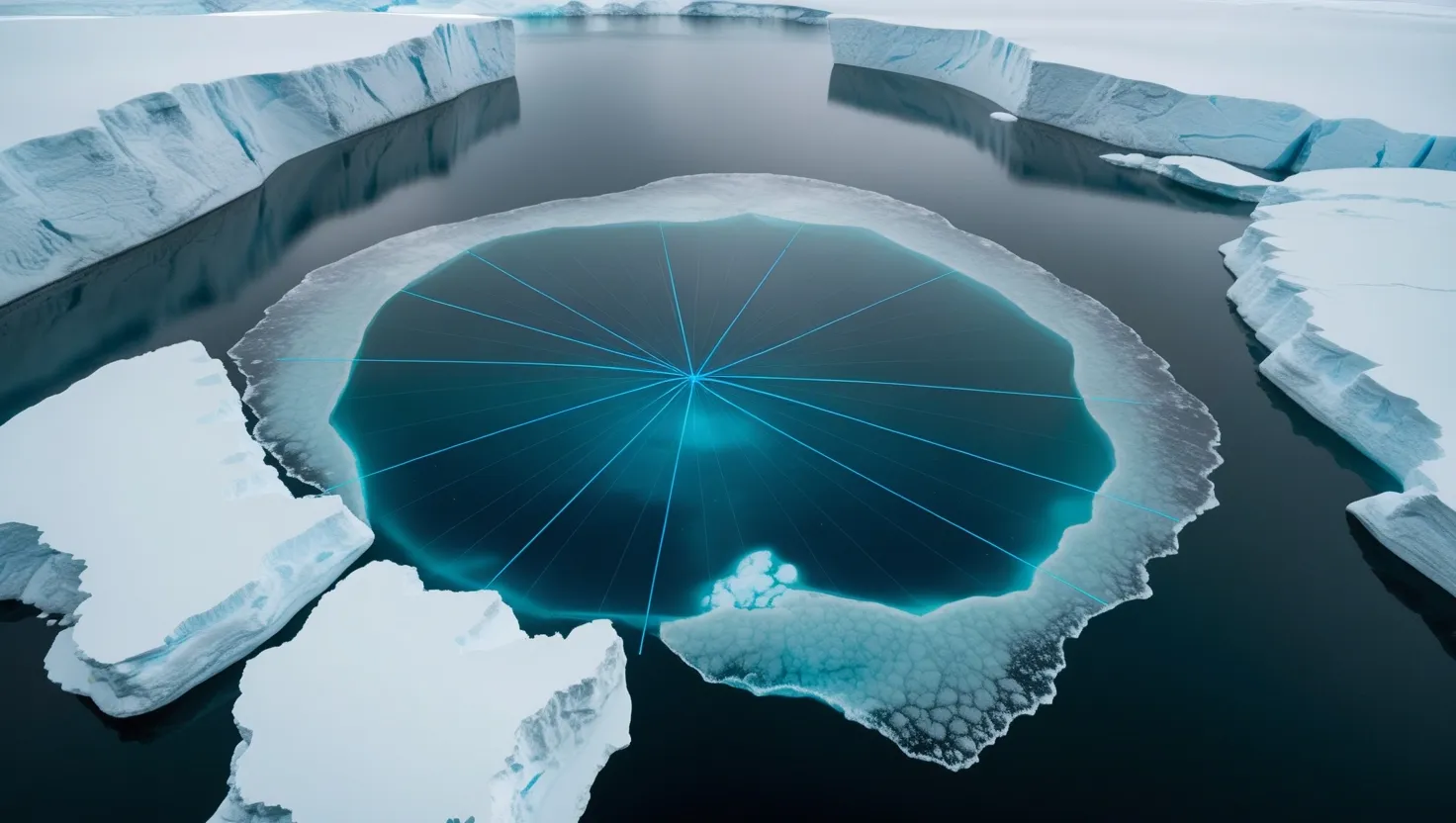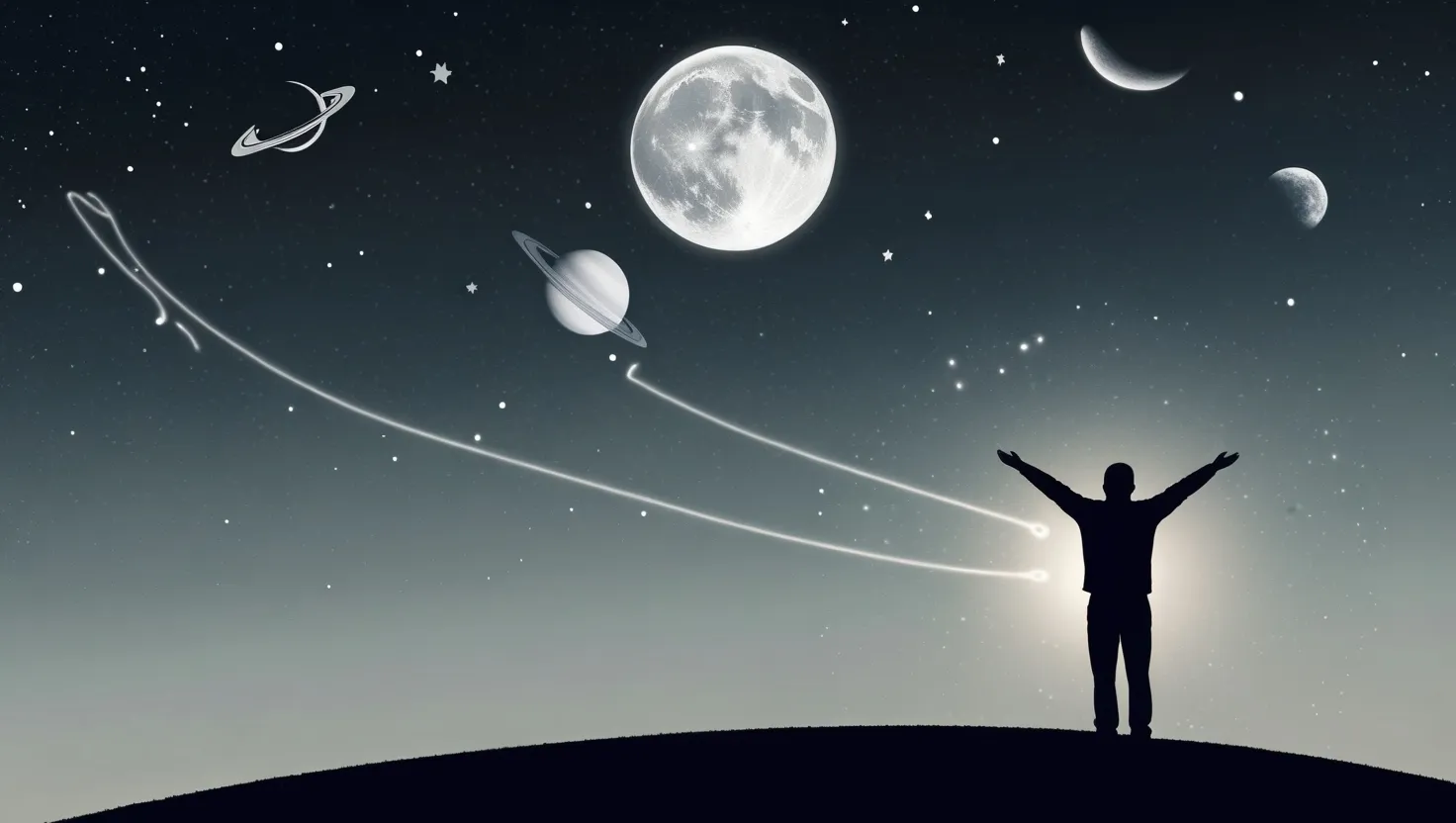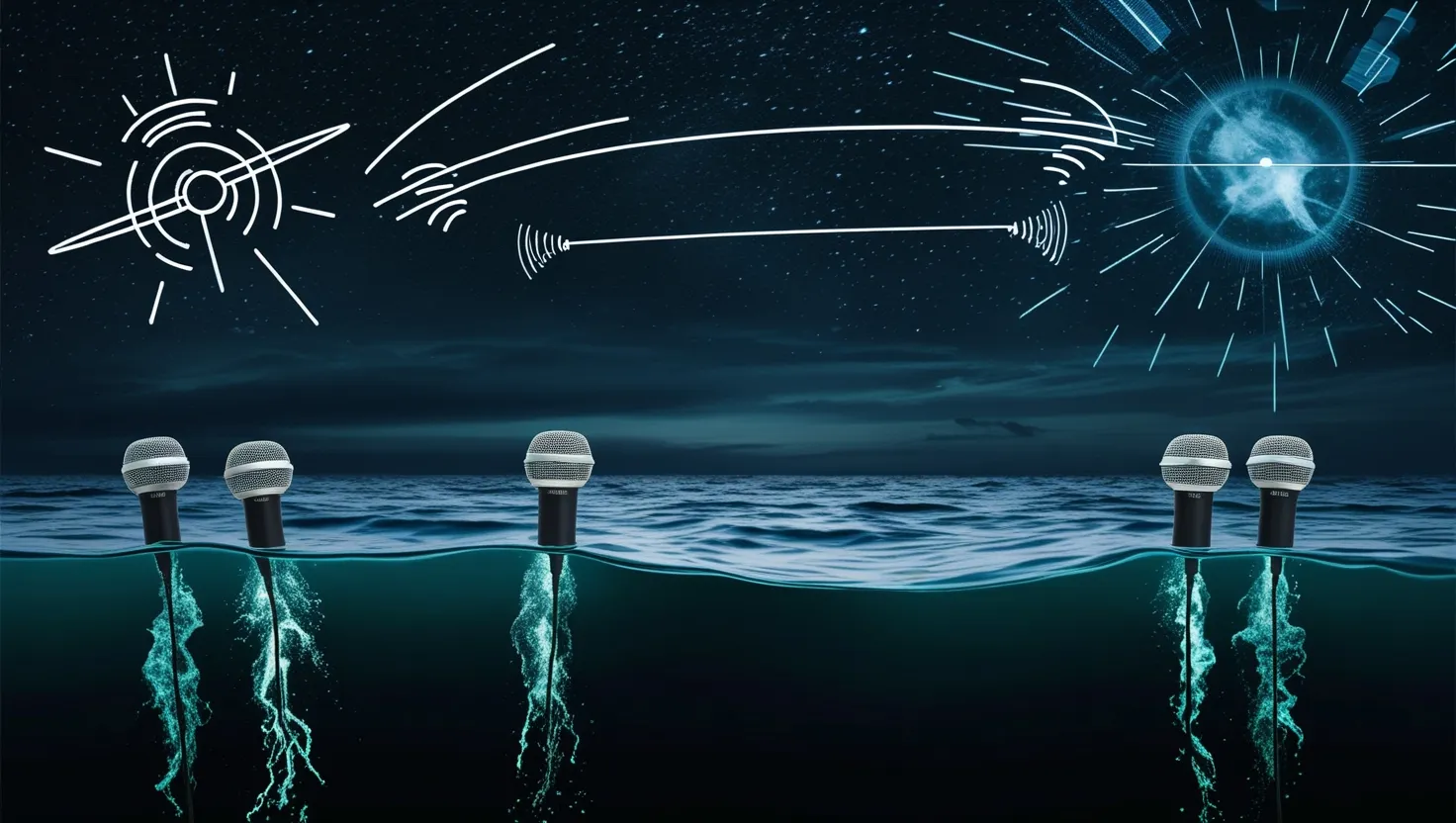Lake Vostok, hidden beneath miles of Antarctic ice, harbors secrets that continue to captivate scientists and spark the imagination. This ancient subglacial lake, isolated from the outside world for millions of years, presents a unique environment unlike anything else on Earth. Recent discoveries of magnetic anomalies in the lake’s vicinity have added another layer of intrigue to this already mysterious place.
As I delved into the research surrounding Lake Vostok, I found myself increasingly fascinated by the unexpected findings emerging from this frozen frontier. The lake itself is a marvel - a body of liquid water the size of Lake Ontario, entombed beneath ice for at least 15 million years. But it’s the peculiar magnetic signatures detected around the lake that have truly piqued scientific curiosity.
These anomalies create perfectly symmetrical patterns that defy easy explanation. Unlike typical geological formations, they appear to be in motion, shifting ever so slightly each year. This movement suggests we’re dealing with something far more dynamic than fixed bedrock features.
What could be causing these strange magnetic disturbances? The theories range from the plausible to the fantastical. Some researchers propose unknown geological processes involving unique mineral compositions. Others speculate about the potential for extremophile organisms to create large-scale biological structures that influence magnetic fields. A few even dare to imagine the preservation of ancient artifacts beneath the ice.
Whatever their source, these anomalies challenge our understanding of subglacial environments. They remind us that even in an age of advanced technology, our planet still holds profound mysteries.
The investigation of Lake Vostok presents immense challenges. How do we study an environment so isolated without risking contamination? Scientists have had to develop ingenious remote sensing techniques and specialized drilling methods to gather data without breaching the lake’s pristine ecosystem.
Ice-penetrating radar has revealed tantalizing glimpses of what lies beneath. Structures with geometric regularity have been detected, maintaining consistent density measurements despite the crushing pressure. Spectrographic analysis hints at metallic compounds arranged in patterns more reminiscent of engineered structures than natural formations.
Perhaps most intriguing are the thermal patterns associated with these anomalies. Temperature variations form consistent geometric shapes that maintain their position relative to the magnetic disturbances. These thermal signatures operate in cycles corresponding to no known geological or astronomical phenomena. What process could be generating such precise and recurring patterns in this isolated environment?
As I pondered these questions, I was reminded of a quote from the renowned physicist Richard Feynman:
“The first principle is that you must not fool yourself - and you are the easiest person to fool.”
This wisdom seems particularly relevant when exploring the mysteries of Lake Vostok. It’s tempting to leap to extraordinary conclusions, but we must remain grounded in scientific rigor. The truth, whatever it may be, is likely to be more fascinating than any speculation.
The unique conditions of Lake Vostok make it a potential analog for extraterrestrial environments. Could studying this isolated ecosystem provide insights into the possibility of life on icy moons like Europa or Enceladus? What extremes can life adapt to, and how might it manifest in environments so different from the surface world we know?
As research continues, new questions arise. How do the lake’s waters circulate without exposure to wind or sunlight? What chemical and biological processes occur in this lightless realm? And perhaps most tantalizingly, what undiscovered life forms might have evolved in isolation over millions of years?
The story of Lake Vostok is far from complete. Each new discovery seems to add complexity rather than resolution. Yet this is the nature of true scientific exploration - to venture into the unknown, to challenge our assumptions, and to embrace the wonder of the unexplained.
I find myself returning to another quote, this one from the astronomer Carl Sagan:
“Somewhere, something incredible is waiting to be known.”
In the depths of Lake Vostok, beneath miles of ancient ice, incredible discoveries undoubtedly await. The magnetic anomalies may be just the first hint of wonders yet to be revealed.
As we continue to probe this subglacial frontier, we must balance our curiosity with respect for this unique environment. How can we gain knowledge without disturbing the delicate equilibrium that has persisted for millions of years? What responsibility do we have to preserve this untouched realm even as we seek to understand it?
The exploration of Lake Vostok represents the best of human scientific endeavor - our drive to push boundaries, our ingenuity in overcoming obstacles, and our capacity for wonder in the face of the unknown. It reminds us that our planet still holds profound mysteries, waiting to be uncovered by those bold enough to look beyond the surface.
What secrets do you think lie hidden in the depths of Lake Vostok? How might the study of this isolated environment change our understanding of life’s potential? As we peer into this ancient, ice-bound world, we’re not just exploring a lake - we’re expanding the horizons of human knowledge and challenging our perceptions of what’s possible on our own planet and beyond.
The magnetic anomalies of Lake Vostok serve as a beacon, drawing us deeper into one of Earth’s last great unexplored frontiers. They stand as a testament to the complexity and wonder of our world, reminding us that even in an age of satellites and supercomputers, nature still has the power to surprise and confound us.
As research continues and technology advances, we inch closer to unraveling the mysteries of Lake Vostok. Yet each answer seems to bring new questions, each discovery opens new avenues of inquiry. In this cycle of exploration and wonder, we find the true spirit of science - an endless journey of discovery, driven by an insatiable curiosity about the world around us.
What will be the next breakthrough in our understanding of Lake Vostok? What unexpected findings await us in this subglacial realm? Only time and continued scientific perseverance will tell. But one thing is certain - the story of Lake Vostok and its enigmatic magnetic anomalies is far from over. It continues to evolve, challenging us to look deeper, think broader, and imagine the impossible.
In the end, perhaps the greatest value of Lake Vostok lies not just in what we might discover there, but in how it pushes us to expand our understanding of our planet and ourselves. It stands as a reminder that even in a world we think we know so well, there are still places of profound mystery and potential. What other wonders might be waiting, hidden just beyond our current reach or understanding?
As we contemplate the mysteries of Lake Vostok, we’re reminded of the vastness of scientific exploration and the endless potential for discovery that exists in our world. What unseen marvels might be lurking in other remote corners of our planet? How might the secrets of Lake Vostok connect to broader questions about life, geology, and the history of Earth itself?
The journey to understand Lake Vostok and its magnetic anomalies is ongoing, a testament to the enduring spirit of scientific inquiry. It challenges us to push the boundaries of our knowledge, to develop new technologies, and to think in ways we never have before. In doing so, it not only advances our understanding of this particular subglacial environment but also contributes to our broader scientific knowledge and capabilities.
As we continue to explore and study Lake Vostok, we’re not just learning about a single lake in Antarctica. We’re gaining insights that could have far-reaching implications for our understanding of geology, biology, and even the potential for life beyond Earth. The mysteries of Lake Vostok remind us that in science, as in life, the journey of discovery is never truly complete. There are always new questions to ask, new horizons to explore, and new wonders to uncover.






